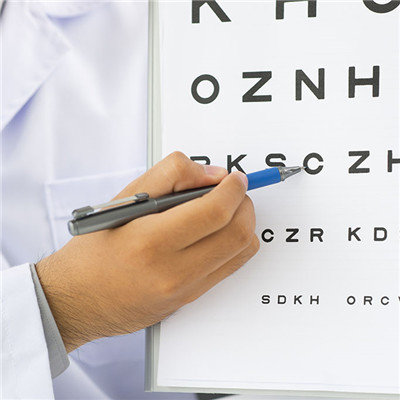How to prevent and treat secretory otitis media?
summary
Clear middle ear effusion, early treatment, let your body recover as soon as possible, normal life. The treatment principle of this disease is to improve the ventilation and drainage of middle ear and etiological treatment. Now let's talk about the prevention and treatment of secretory otitis media?.
How to prevent and treat secretory otitis media?
(1) tympanic membrane puncture: local anesthesia for adults. No.7 needle with short tip slope was inserted into the tympanic cavity from the anterior and inferior part of the tympanic membrane under aseptic operation, and the effusion was aspirated. If necessary, the puncture can be repeated, and glucocorticoids can be injected after fluid extraction( 2) Tympanoplasty: the liquid is viscous, and the puncture of tympanic membrane can not be sucked completely; If children do not cooperate and can not be punctured under local anesthesia, tympanotomy should be performed. The operation can be performed under local anesthesia. Myringotomy was performed. Use tympanotomy knife to make radial or arc incision in the anterior and lower quadrant of the tympanic membrane. Pay attention not to damage the inner wall of the tympanic membrane. After the tympanotomy, the liquid in the tympanic cavity should be completely absorbed( 3) Tympanic catheterization: the patient's condition was delayed or repeated; Glue ear; If it is estimated that eustachian tube function is difficult to return to normal in a short time after head radiotherapy, tympanostomy should be performed to improve ventilation and drainage. The indwelling time of ventilation tube is generally 6-8 weeks, up to half a year to one year. After the eustachian tube function recovered, the ventilation tube was taken out, and some patients could discharge the ventilation tube out of the external auditory canal by themselves( 4) Keep the nasal cavity and eustachian tube unobstructed: 1% ephedrine solution or alternate nasal drip (spray) with beclomethasone dipropionate aerosol, 3-4 times a day.

Second: active treatment of nasopharyngeal or nasal diseases, such as adenoidectomy, septum correction, ear disease treatment, inferior turbinate surgery, nasal polypectomy, etc. Tonsillectomy should be performed if the tonsillar hypertrophy is related to the recurrence of secretory otitis media.

Third: antibiotics or other synthetic antibiotics can be used in acute phase, such as Cefradine 0.5g, 4 times a day; Ofloxacin 0.1-0.2g, 3-4 times / d. children can use ampicillin 50-150mg / kg. D, or oral administration of hydroxyampicillin, 0.15g, 3 times / D, third generation cephalosporin cefmetate axetil 0.25g-0.5g/time, deafness prevention, 2 times / D, children 10mg / kg, 2 times / d.

matters needing attention
① The course of disease lasted more than 3 months; ② Children with high risk factors (cleft palate, permanent hearing loss, speech retardation or disorder, autism, genetic syndrome, craniofacial dysplasia, etc.) should be operated as soon as possible; ③ During the observation period, the hearing level of the better ear was 40 dB or worse; ④ Recurrent secretory otitis media with adenoid hypertrophy. Operation should be careful! Methods: tympanic membrane puncture, incision or catheterization can be used; Adenoidectomy is feasible for adenoid hypertrophy.













